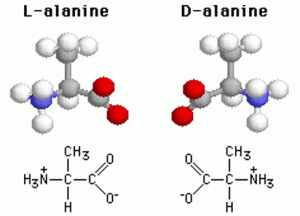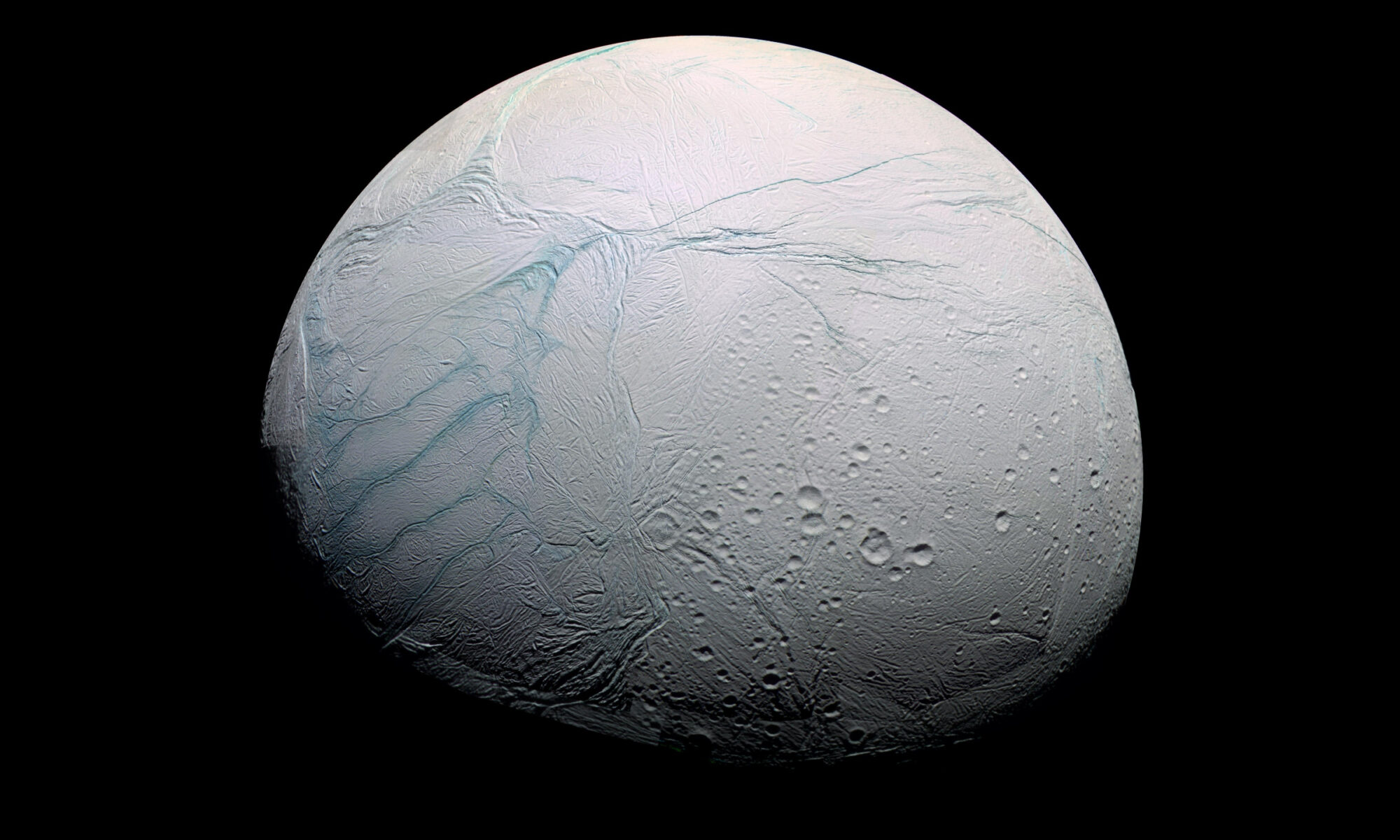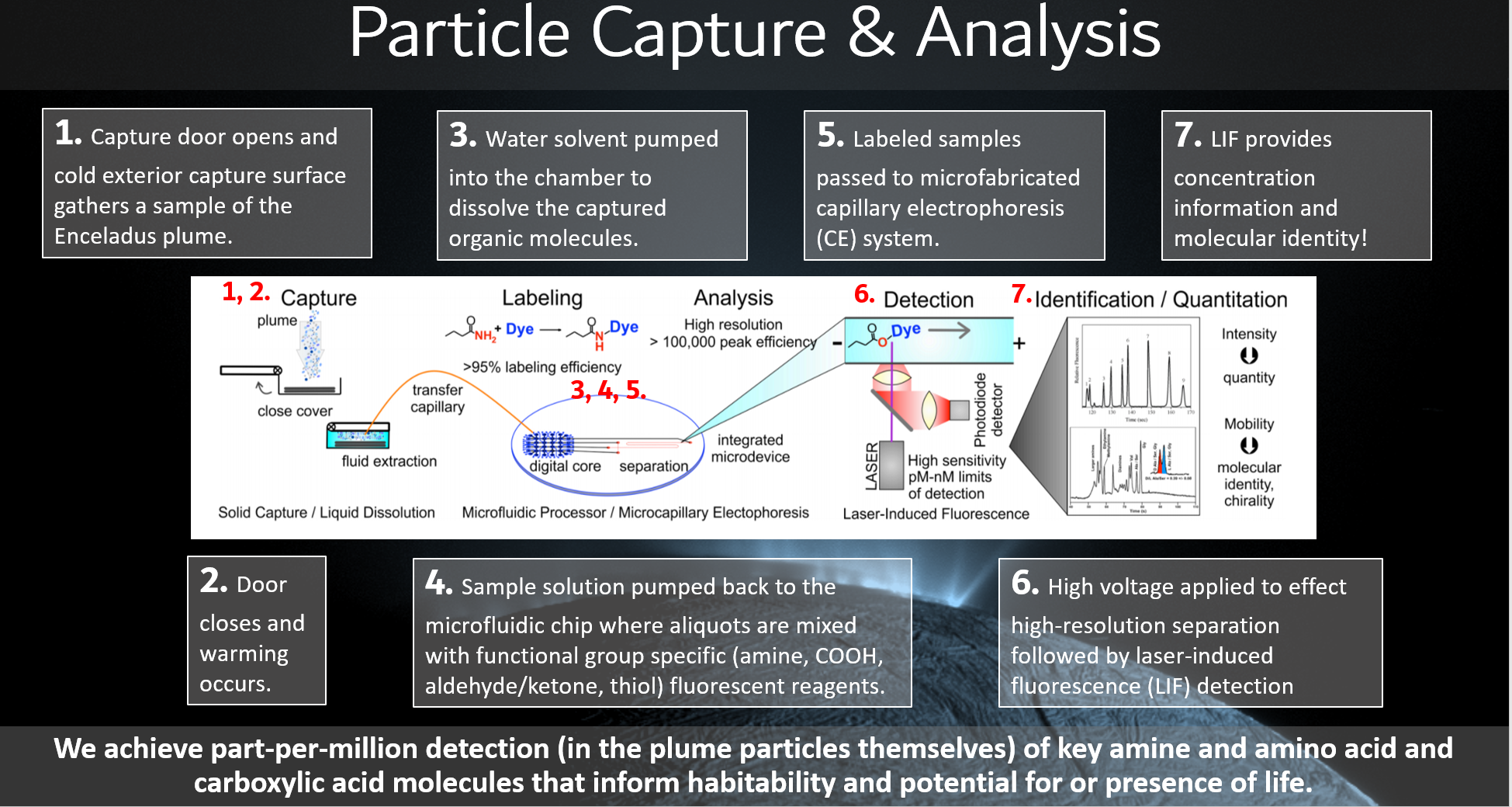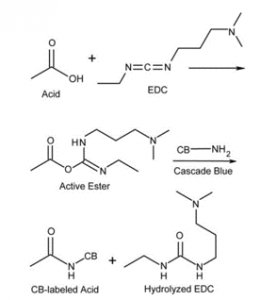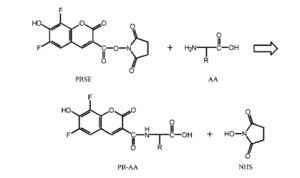-
- The capture chamber is optimized to maximize the collector area and to minimize depth in order to keep the water volume for dissolution as low as possible.
- Device can be configured for a single pass fly-by or a multiple pass orbiter at lower velocities.
- The core analyzer is equally well suited to organic analysis on a landed instrument.
- If placed in the plume snow shadow, an open capture plate could capture orders of magnitude more material, resulting in part-per-billion detection capability.
The EOA can analyze for organic amines, carboxylic acids, polycyclic aromatic hydrocarbons, etc. to determine organic chemical inventory and likely chemical reactions and processing in the subsurface ocean.
Specifically, it will analyze for amino acids using amino acid side chain distribution and chirality to probe life indicators and carboxylic acids using chain length variation to probe for biosynthesis.
The strengths of EOA complement weaknesses of existing techniques
Laser-Induced Fluorescence (LIF): The LIF detection system in EOA uses concentration-based detection to detect trace species in small samples.
Liquid Extraction: The EOA liquid extraction technique prevents oxidization of organic molecules that could compromise thermal volatilization protocols in GCMS. EOA liquid extraction is also easier than laser desorption mass spectrometry, a common technique that requires dissolution of molecules in a matrix with a high laser absorption cross section.
